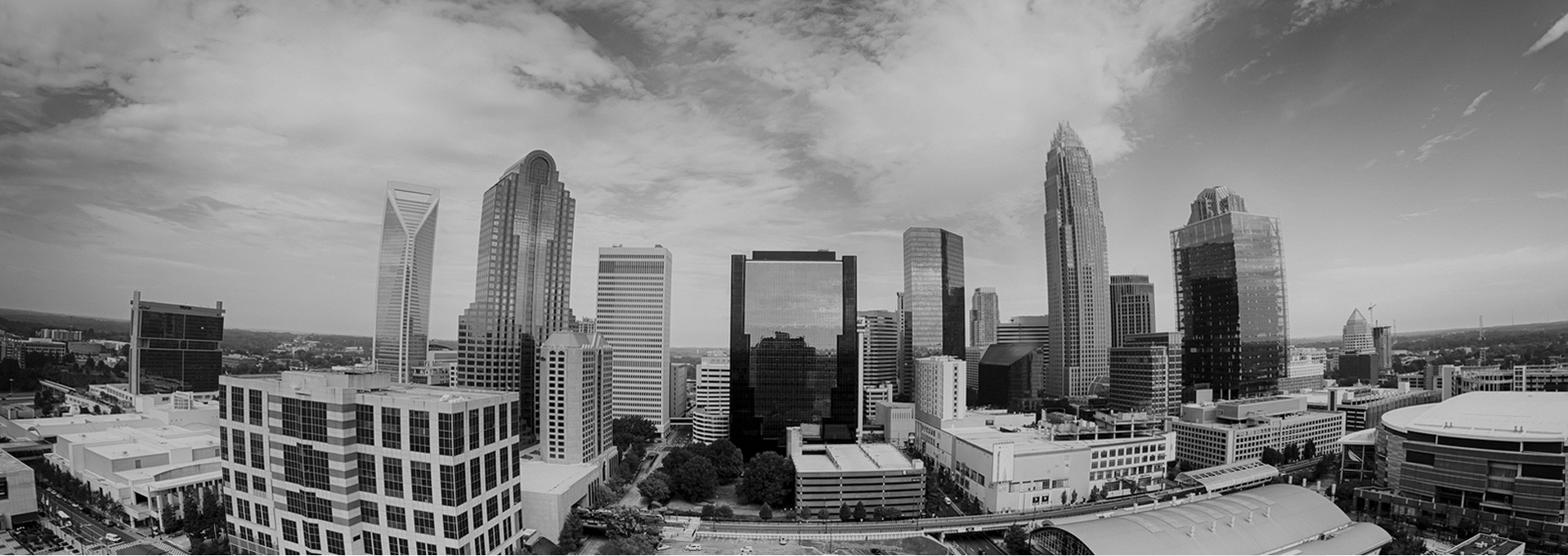
26
Jan
What is Mediation?
I frequently have clients come to me who say “I want to mediate my case.” When we start discussing their goals and expectations in more detail, it often becomes clear that they don’t understand exactly what a mediation is. Because Mediation is a word that often gets used incorrectly, I think it's necessary to explain exactly what the mediation process is, and what it involves.
Mediation is simply a tool to help people resolve a dispute. If the dispute is the origin and the settlement is the destination, then mediation is the vehicle that helps transport the parties from the beginning to the end. Using that analogy, the parties are the drivers of the vehicle; they control how fast it goes and which route it takes. In other words, the parties determine the issues addressed in mediation and they control how efficient the mediation process is by either coming to the mediation prepared or unprepared.
Mediation is NOT a form of settlement documents. In private practice as a divorce lawyer, I have had many clients come to my office and tell me they want to mediate. As we discuss things further, they tell me that they have reached an agreement with their spouse on all of the issues and they simply want someone to put the agreement into a binding settlement document. In that case, mediation is not required. They have already resolved the dispute and, therefore, there is nothing left for the mediator to do. In that situation what the client really needs is a lawyer who can draft the Separation Agreement or Consent Order.
So now that you know the purpose mediation, you’re probably asking “what happens during the mediation session?” The answer is that the mediator works with the parties to help reach an agreement.
In a group session where the parties and the mediator meet together, the mediator will help to moderate the conversation between the parties and to advance the discussion toward resolving the contested issues.
In a private session where the mediator meets with each side individually, the mediator will discuss one side’s proposal with him or her and then take that proposal to the other side. The mediator will then discuss the proposal and a counter proposal with that side and return to the first party. The mediation will continue in that manner until the parties have reached an agreement, or until the parties have determined that no agreement is possible.
It is an almost universal truth in divorce cases that both parties say “I just want what is fair.” It is the rare case that one, or both, parties say to their lawyer “I really want to stick it to my spouse and make sure he or she gets nothing.” So the dispute often isn’t about only one side wanting to be fair. Typically the dispute is because each party has a different idea about what “fair” means. As a result, generally the parties start the mediation session with drastically different ideas about what the outcome should be.
It is the job of the mediator to work with both parties to help bridge the gap between what the wife considers fair and what the husband considers fair. The mediator will go back-and-forth between the parties to help each side figure out the points where they can move. In order to reach a settlement both parties will have to make some concessions. The mediator is there to help figure out the points on which each party will concede.
Mediation is a very useful tool to help the parties settle their case. I consider it to be the most useful tool in the lawyer’s toolbox. Mediation is a good fit for most cases, but there are times when mediation is not appropriate. You should discuss your options with your family law attorney to determine whether mediation is right for your case.
- Nick Cushing
Nick Cushing is a Board Certified Family Law Attorney and Certified Mediator in Charlotte, NC.




